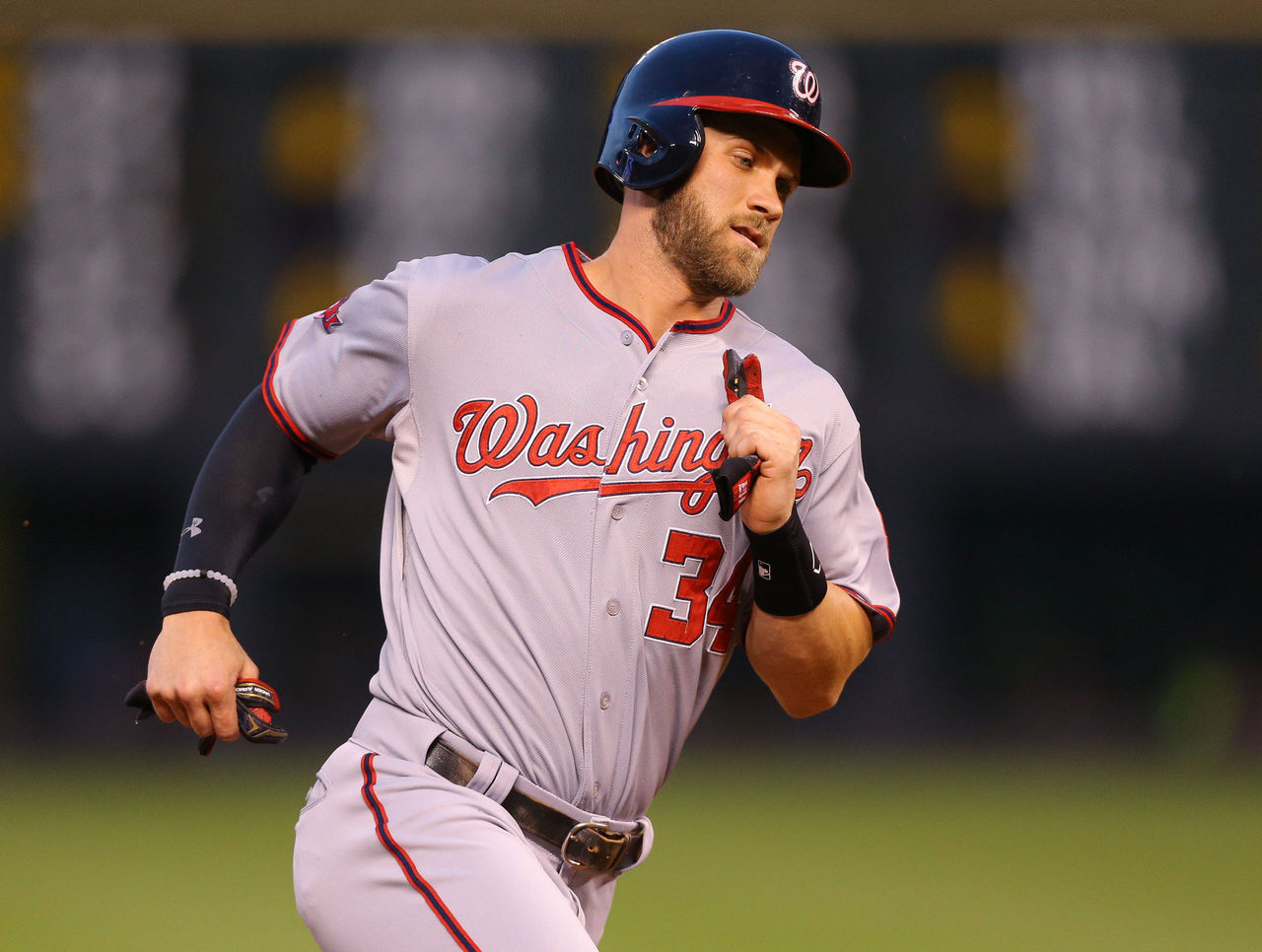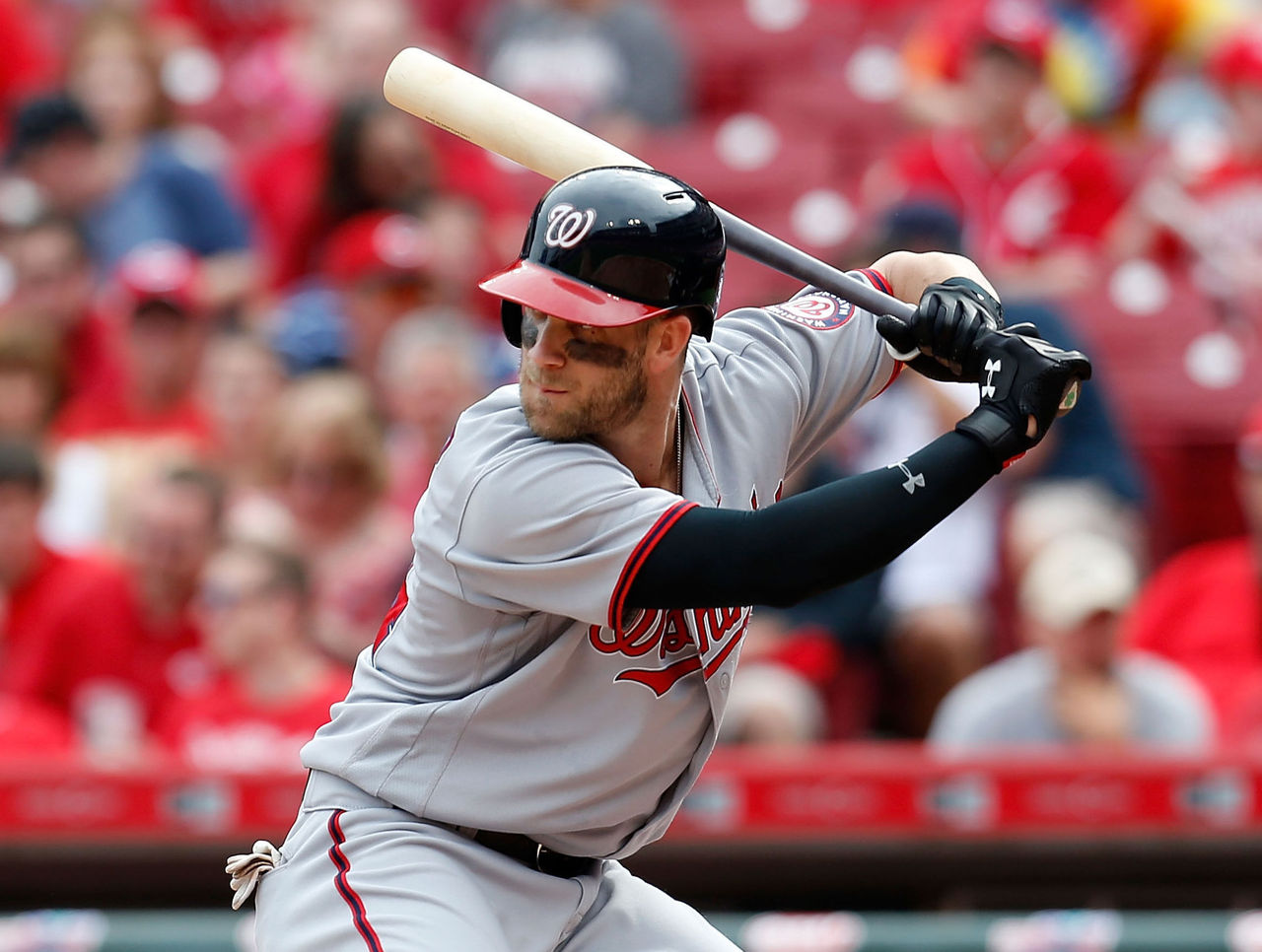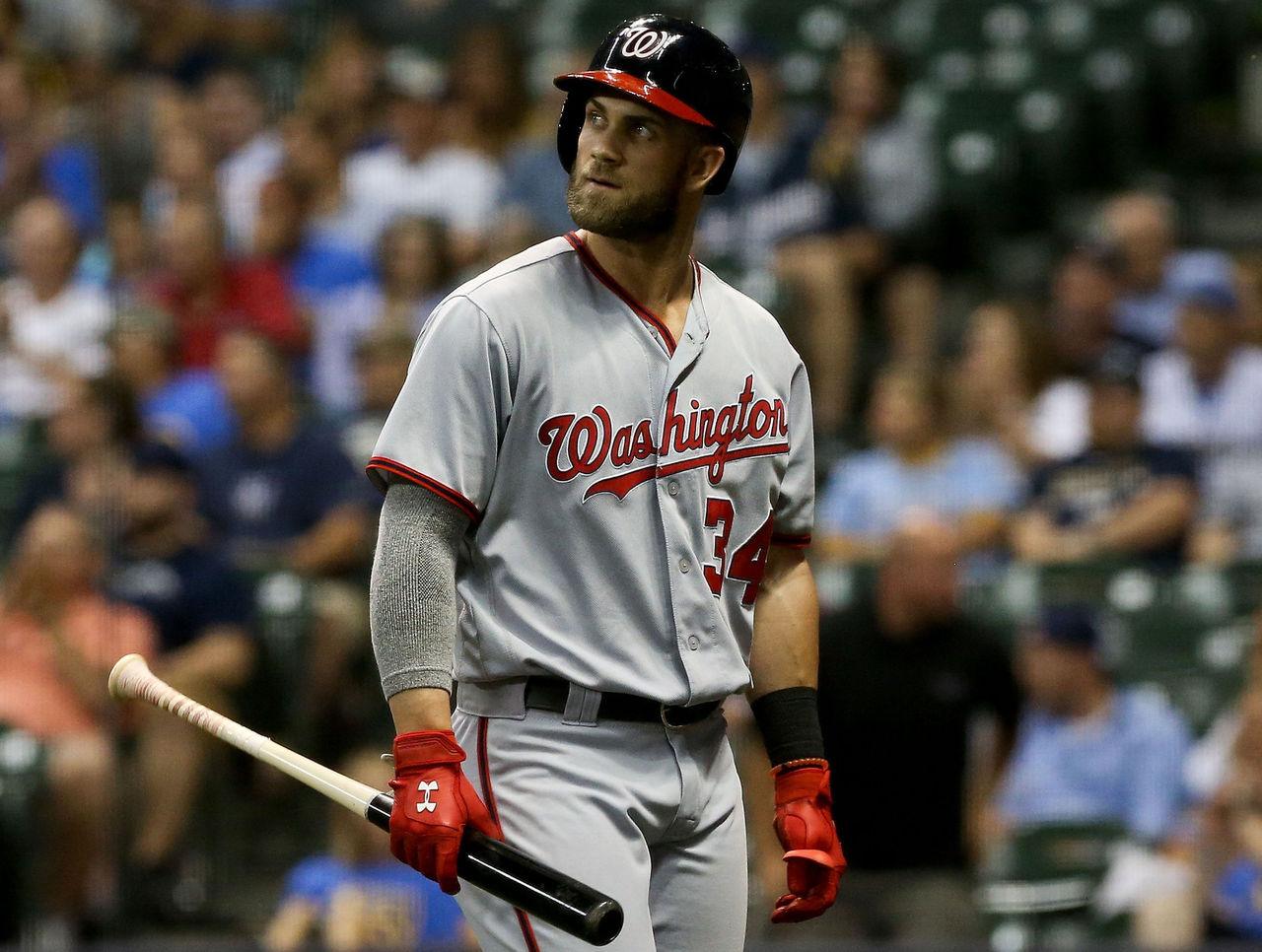3 reasons why Bryce Harper will be MLB's next $300M man

Two winters ago, when Giancarlo Stanton sat down and signed the biggest contract in baseball history, there was little doubt the booming Major League Baseball economy would soon produce a deal that rivaled his 13-year, $325-million extension with the Miami Marlins.
No such deal is imminent - the upcoming free-agent class is laughably thin, and there probably won't be any player worthy of a $300-million contract the following offseason, either - but with Bryce Harper set to hit the open market after the 2018 campaign, there's a strong chance we'll see another Stanton-esque deal before the next summer Olympics.
So, without further ado, let's look at three reasons why Harper will be baseball's next $300-million man.
He's really, really, really good

It's pretty telling that Harper, at 23, could put up an OPS more than 100 points above league average while finishing in the top 25 percent in overall value among regulars (min. 300 PA) and it'd be uniformly viewed as a colossal disappointment. How special is he? Let us count the ways:
- Harper is one of 11 players to log at least 500 games with an OBP of .384 or higher through his age-23 season. Of the other 10, nine are in the Hall of Fame and the other is Miguel Cabrera.
- Harper's 118 career home runs are 10th-most by a player before his age-24 season (and he still has six weeks to add to that total).
- Last year, en route to becoming the youngest unanimous MVP in baseball history, Harper also became the first player since Barry Bonds (2004) to hit .330 or better with at least 40 homers and 100 walks in a season.
- Harper is one of just seven players in the live-ball era to steal at least 50 bases while managing a slugging percentage of .500 or better through his age-23 campaign.
- Even now, as he navigates a frustrating MVP hangover, the four-time All-Star is poised to become the second 23-year-old ever to post an OPS+ of 120 or higher while tallying at least 20 homers, 15 stolen bases, and 85 walks. (The other guy to do that is Ken Griffey Jr.)
Continued inflation

On a visceral level, Mike Leake and Jeff Samardzija aren't $90-million players. In the increasingly robust baseball economy, however, they are. According to Forbes, the league made almost $9.5 billion in revenue last year (a gross increase of $500 million over 2014), and though the players won't see a proportional jump in salaries, the non-stop influx of cash continues to trickle down to the labor force (which, in this case, is the product, too). Last month, ESPN's Buster Olney reported the 2017 qualifying offer (equal to the average salary of the game's 125 highest earners from the season prior) will be $16.7 million - a 5.7 percent increase year-over-year.
It's a bargain!

This past winter, pundits were discussing the possibility of Harper getting $500 million in free agency, and nobody batted an eye. This is because teams understand that consolidating value into one asset avoids the opportunity cost of using up multiple roster spots and also remains the most cost effective method for getting better. Consider, for instance, that between Jason Heyward, John Lackey, and Ben Zobrist, the Chicago Cubs added about $48 million to their 2016 payroll for 7.4 marginal wins. With Harper - who, if he finishes strong, will have averaged about 7 WAR over the past two years - you get almost identical production for a fraction of the cost, and you don't have to use up three roster spots, either. Frankly, if free-agent salaries continue to escalate, $300 million could be a steal for Harper.
| YEAR (AGE) | WAR | $(M)/WAR | EST. VALUE |
|---|---|---|---|
| 2019 (26) | 7.5 | 9.3 | $69.75M |
| 2020 (27) | 7.8 | 9.8 | $76.17M |
| 2021 (28) | 7.8 | 10.3 | $79.98M |
| 2022 (29) | 7.8 | 10.8 | $83.97M |
| 2023 (30) | 7.8 | 11.3 | $88.17M |
| 2024 (31) | 7.3 | 11.9 | $86.65M |
| 2025 (32) | 6.8 | 12.5 | $84.75M |
| 2026 (33) | 6.3 | 13.1 | $82.44M |
| 2027 (34) | 5.8 | 13.7 | $79.69M |
| 2028 (35) | 5.3 | 14.4 | $76.46M |
| 2029 (36) | 4.8 | 15.1 | $72.71M |
| Totals | 75 | $881M |
(Note: This crude projection model is based on informed assumptions about Harper's baseline value and how his productivity will fluctuate as he ages, as well as the rate of inflation throughout Major League Baseball for the next 13 years).